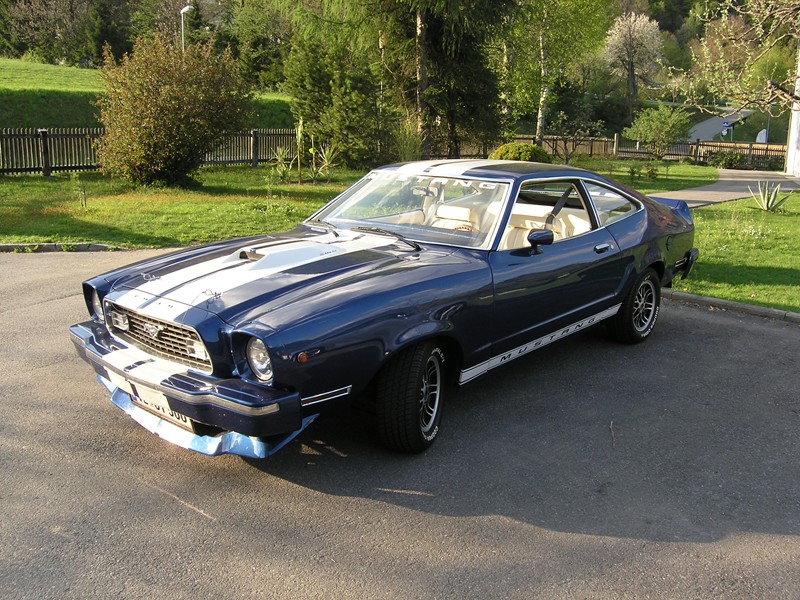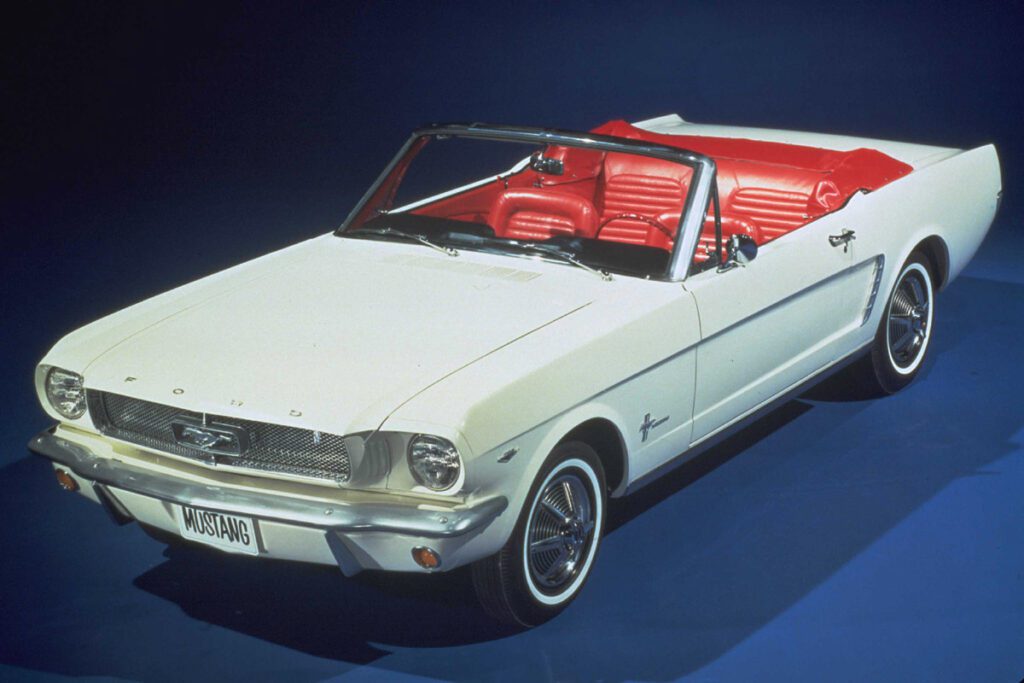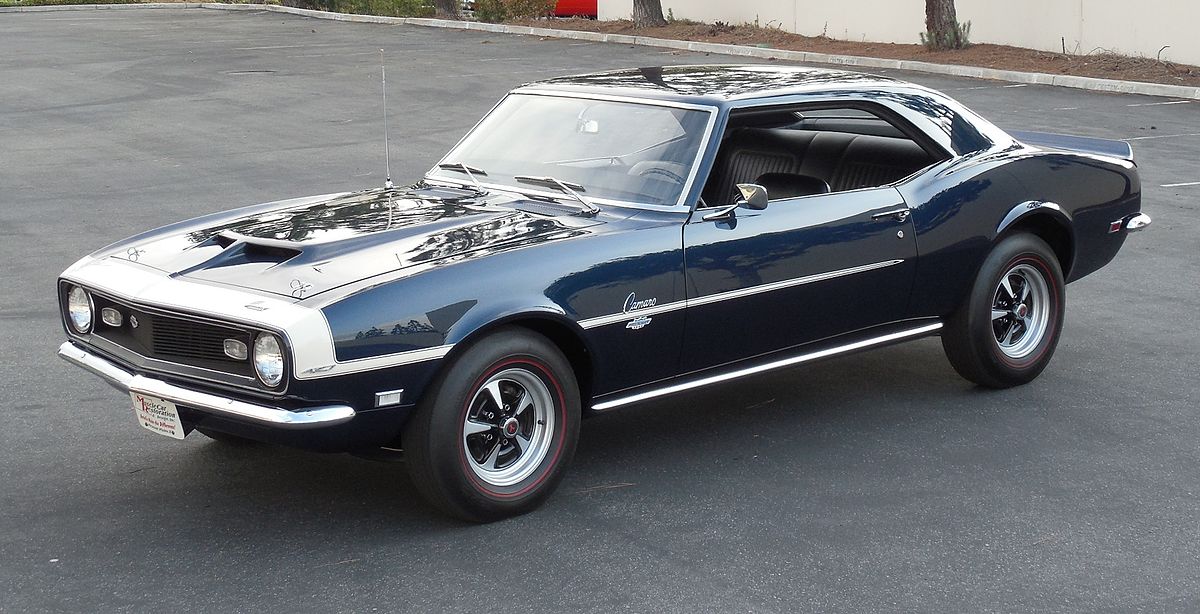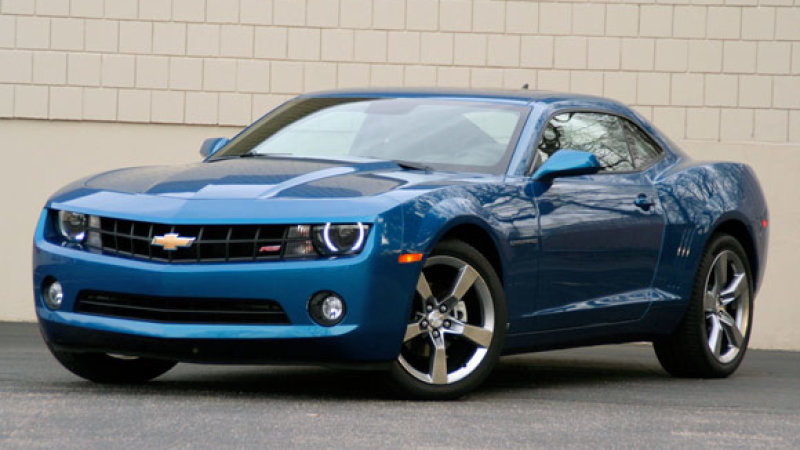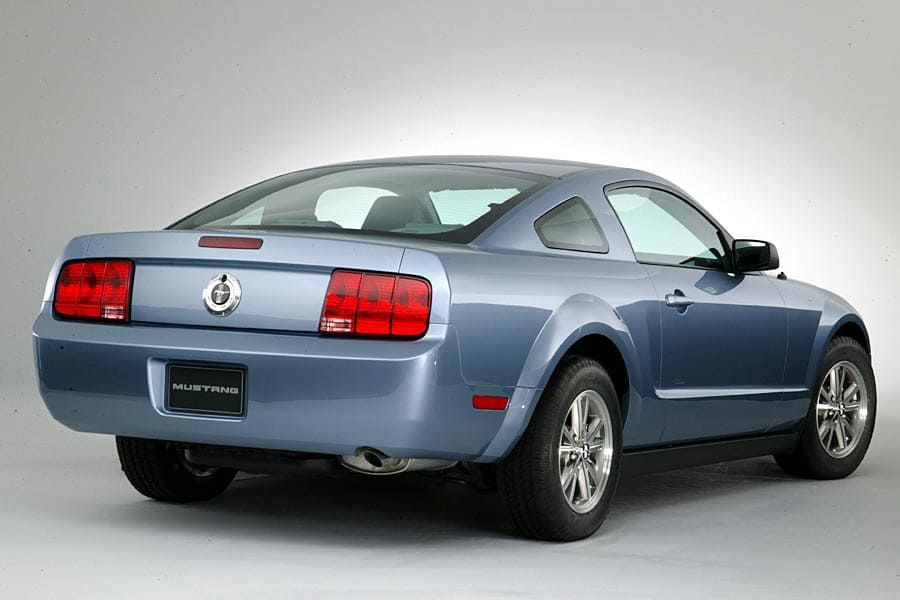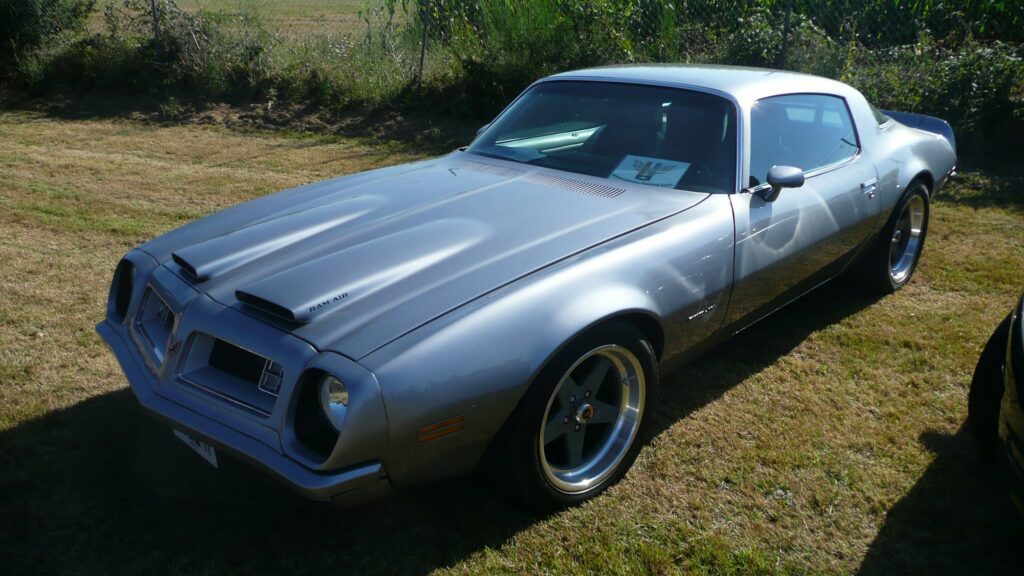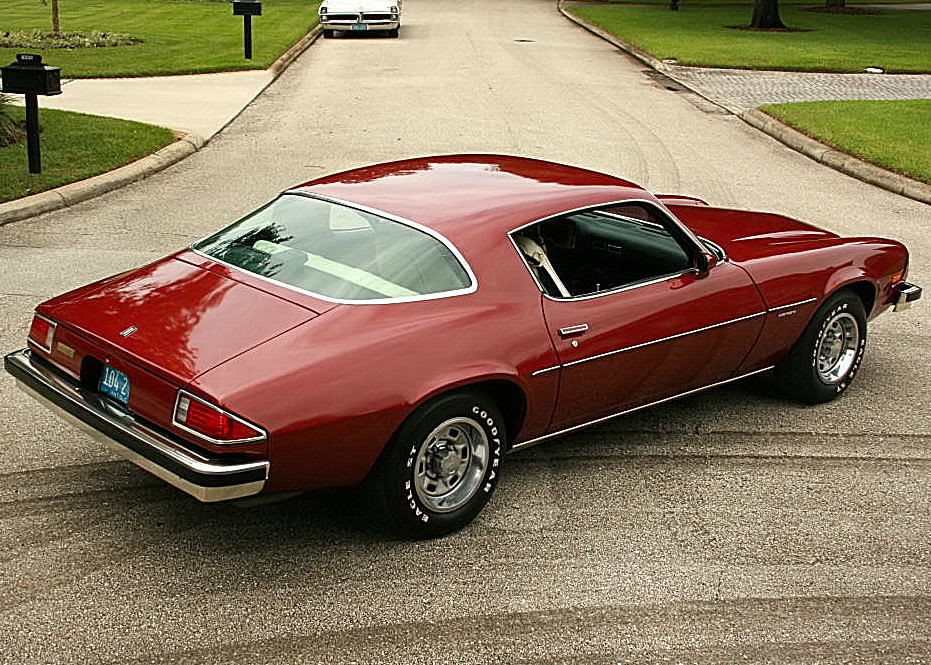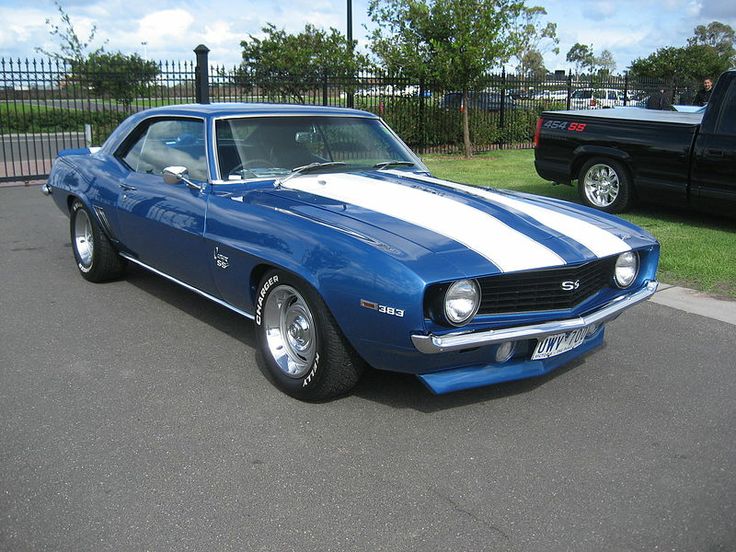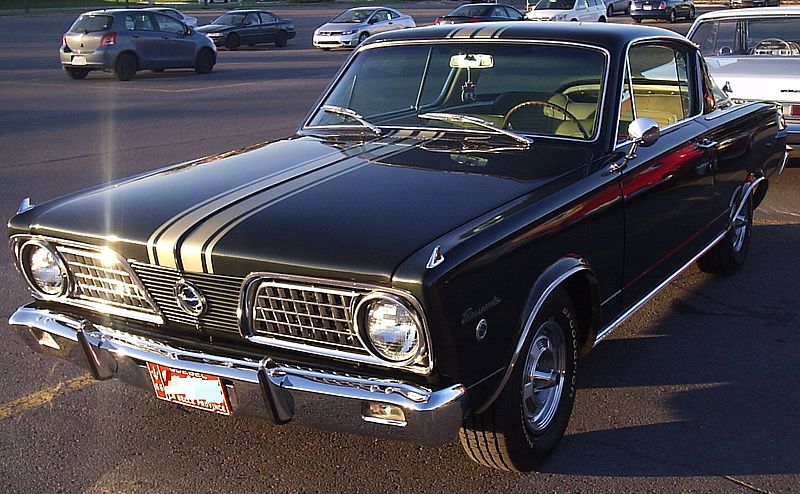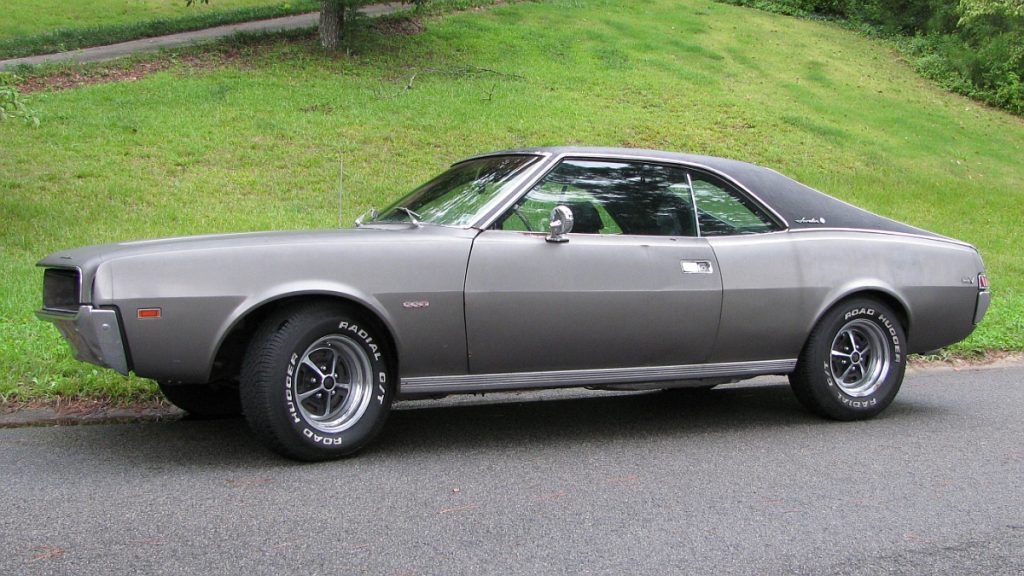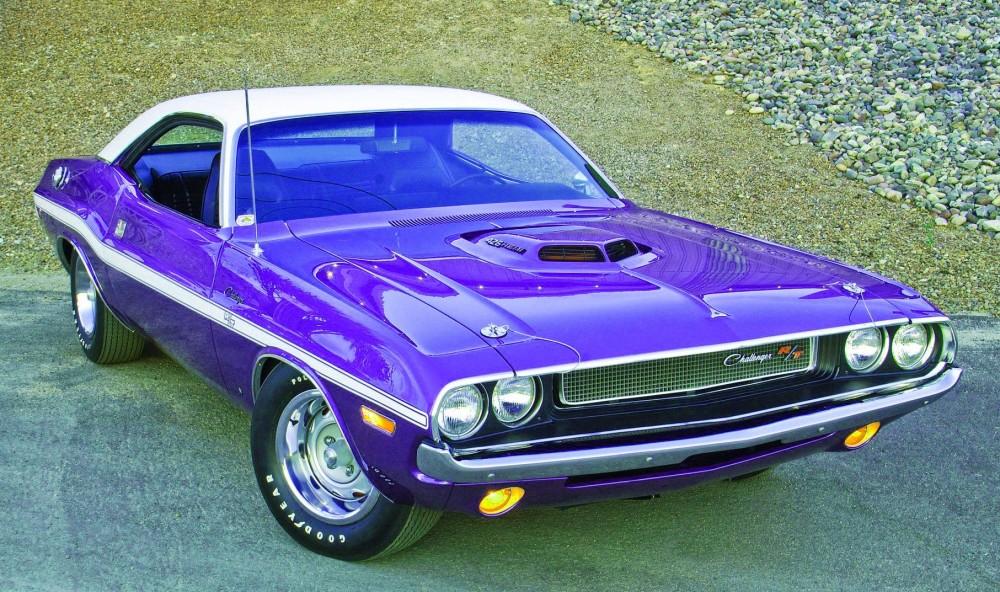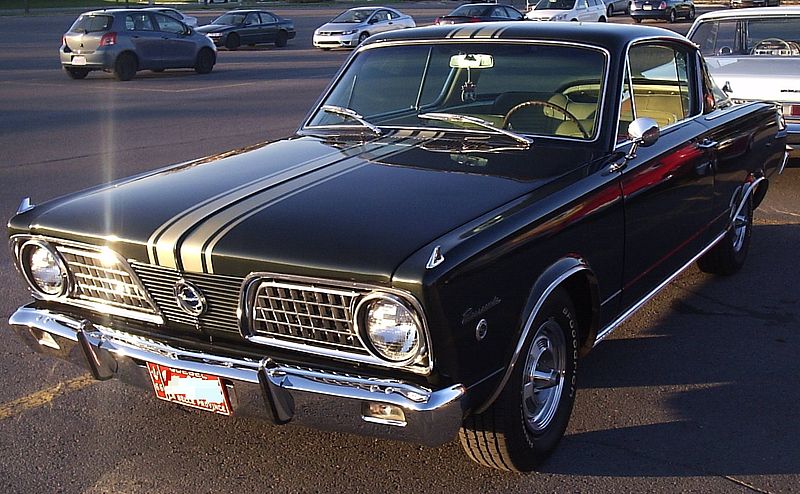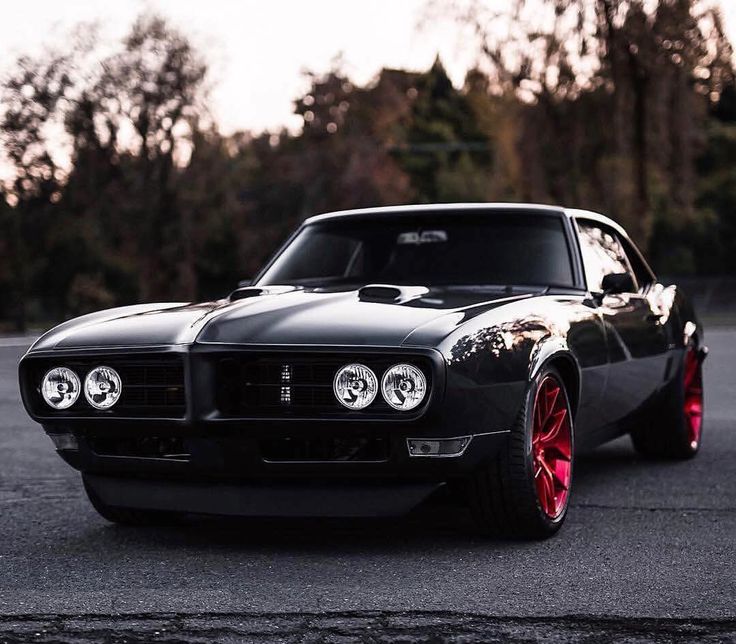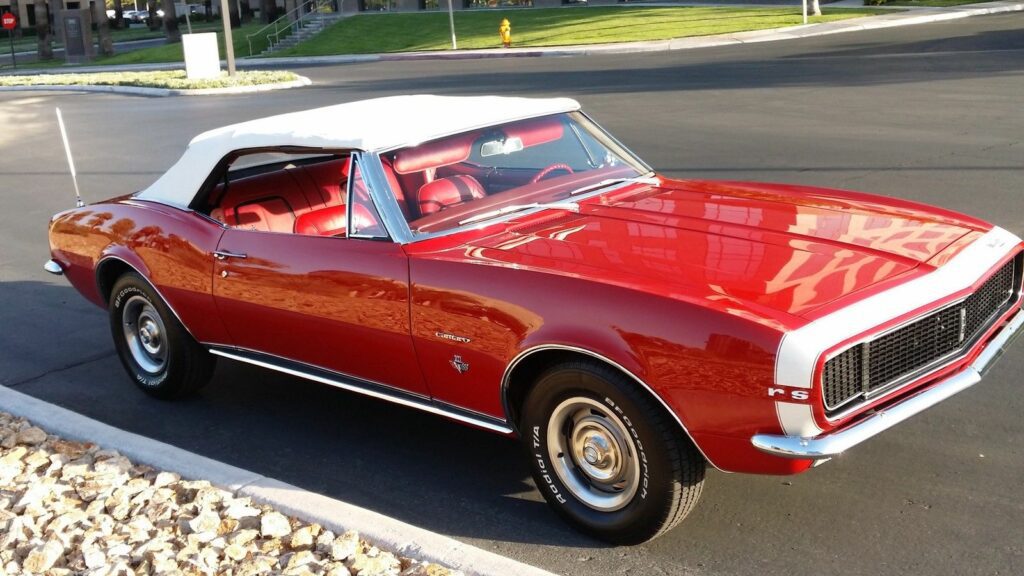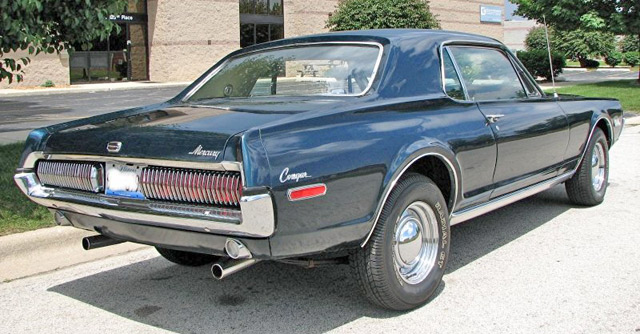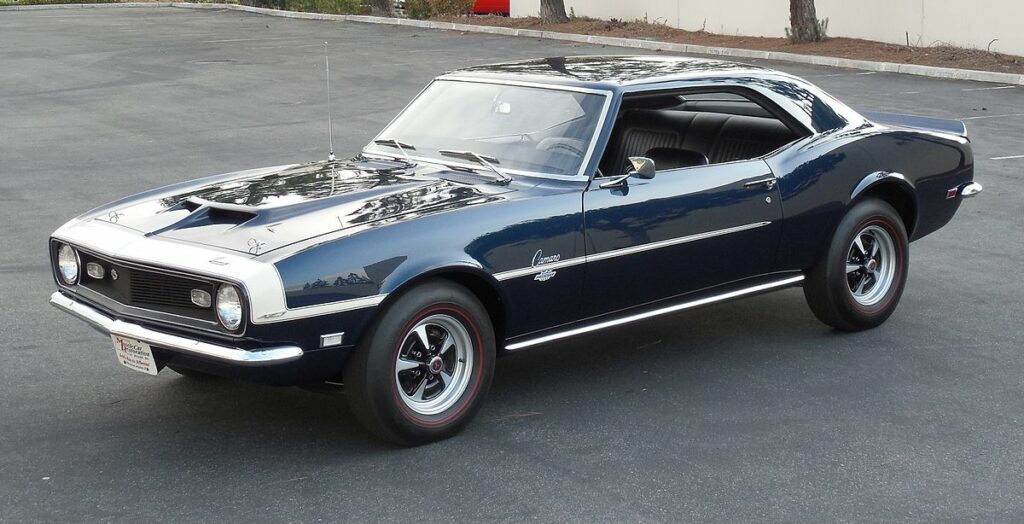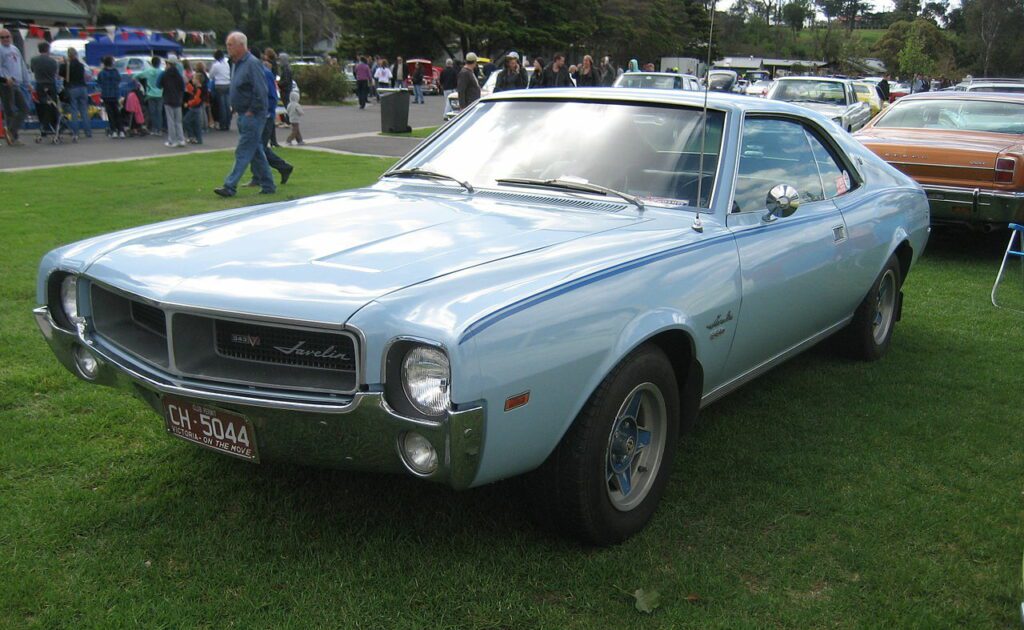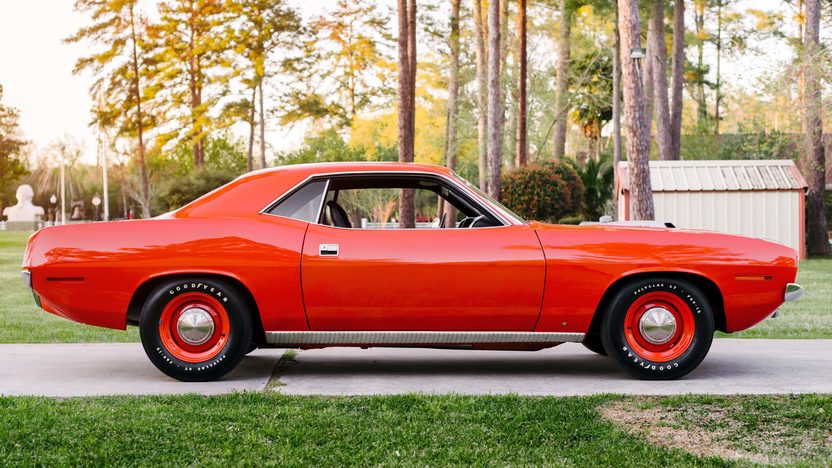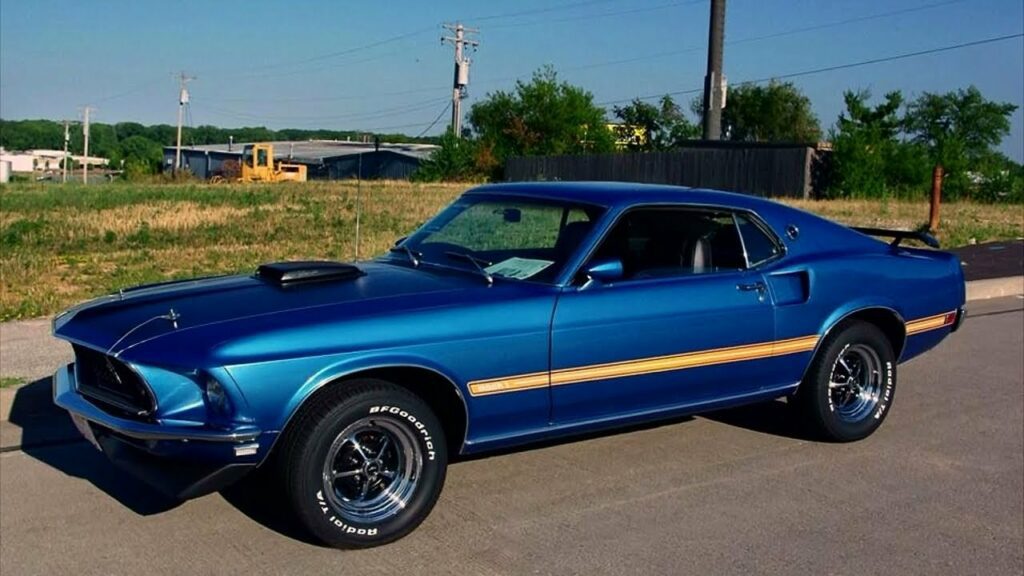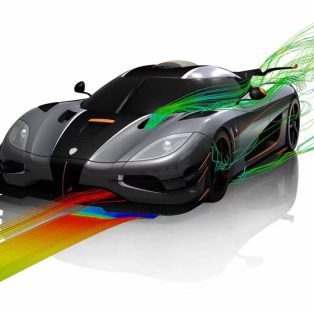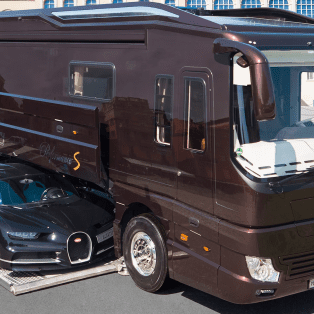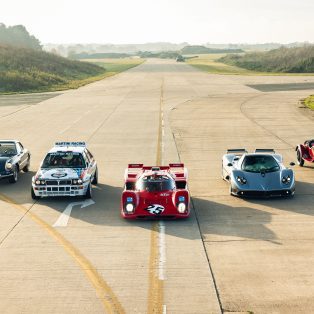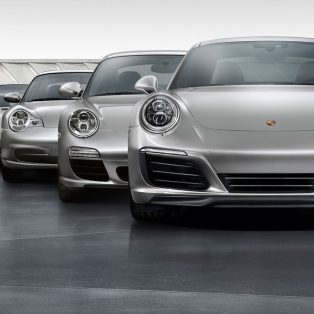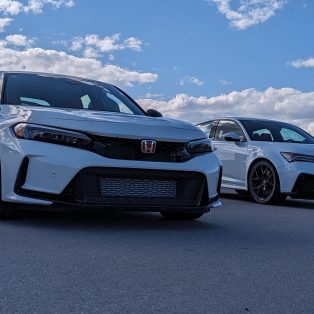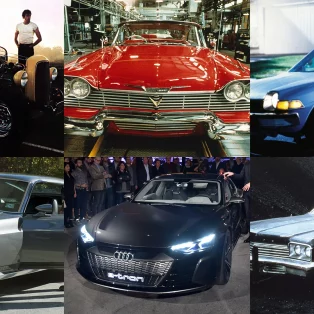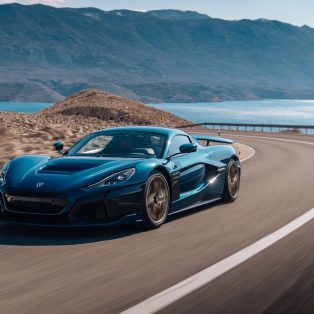60’s Pony Cars
Pony cars are American cars that took its name from the Ford Mustang Classic built from the middle of 1964 through 1973, one of the most successful cars in automotive history . With their sporty, long front ends and short rear decks, many auto builders attempted to duplicate the style of the original Mustang but none could come close to capturing the spirit that those fable cars brought to the American car buyers.
Pony automobiles were made as affordable alternatives to muscle cars. By American standards, these cars were high performance cars built on compact passenger car chassis. In terms of size, they are are small to mid sized cars emphasizing sportiness and frequently performance. Although pony cars were not necessarily high performance, the ones equipped with the more powerful V-8s are generally classified as muscle cars, and equaled or exceeded the performance of the mid-sized muscle cars.
Some of the most famous high performance pony cars include the the Mustang 428 Super Cobra Jets, the Yenko Camaros, the Hemi Cudas, and the AMC Javelin.
- 1969 Ford Mustang Mach One 428 Cobra Jet
- 1970 Plymouth Hemi Cuda
- 1968 AMC Javelin Hardtop
- 1968 Yenko Camaro
- In general, pony cars include:
- 1964 Ford Mustang
- 1968 Mercury Cougar
- 1967 Chevrolet Camaro
- 1968 Pontiac Firebird
- 1964 Plymouth Barracuda
- 1970 Dodge Challenger
- 1969 AMC Javelin SST
The pony car originated with the Ford Motor Company in the late 1950s. Ford had stopped production of the original, two-seat Thunderbirds and instead offered them as larger, four-set personal luxury cars, starting with the 1958 models (which sold well). But dealers and buyers alike clamored for the two-seaters which served as halo cars for Ford . Ford explored various options for several years.
Some Ford executives, principally Lee Iacocca, believed that there was a strong market for vehicles that were attractive, sporty, affordable, and which potentially catered to aggressive, young buyers. The result was the Mustang which was launched on April 17, 1964. It was a tremendous success. First-year sales totaled 618,812 Mustangs.
The Mustang provided the basis for new class of cars. Although it was based on the platform of the Falcon, it had a unique body (hardtop coupé and a convertible) with distinctive, “long hood, short deck” proportions. Coming at an attractive base price of $2,368, it had an extensive option list offering a range of V8 engines, Cruise-O-Matic automatic transmission or four-speed manual, power steering, air conditioning, radios, and other accessories. A V8 Mustang with all available options would cost about 60% more than a basic Six, which made it an extremely profitable model for Ford.
While most of the pony cars came with more powerful engines and performance packages, enough to qualify some as muscle cars, a big number were sold with six-cylinder engines, “cooking” V8s, with the high-performance models largely limited to drag racing or road racing.
Soon, they were joined by the Camaro-based Pontiac Firebird, the Mercury Cougar, and, in 1968, the AMC Javelin. Dodge joined the party later with the 1970 Dodge Challenger, an enlarged version of the Barracuda.
The first Camaro models shared mechanical features with the 1968 Chevrolet Nova, both had unibody construction. This model was offered in two body styles, a coupe and a convertible. The main three packages offered were the RS, SS and Z28. Second generation of the Chevrolet Camaro debuted in 1970. This was the most enduring Chevrolet Camaro design. The fourth and the last generation was introduced in 1993 and lasted until 2001.
The Javelin was the answer by small American Motors Corporation to the pony cars competition. AMC joined the fray late – the Javelin was the last American pony car introduced to the American car buyers. Trying to shed its conservative image, AMC came up with beautifully sculpted Javelin considered as one of the best-looking cars of the 1960s. The 1968 Javelin, which replaced the Marlin was a little roomier, larger and longer than the rival Mustang, Camaro and Barracuda. The Javelin continued through 1974, but the 1968-69 models have the best — or certainly the cleanest — styling.
Pony Cars were considered halo cars whose functions were to bring in buyers into the showrooms. The most important market targeted by these “image builders” was the important youth market, buyers who were just getting into the labor force and had some money at their disposal.
But by 1969, sales of pony cars were beginning to fall. As with most car redesigns, each subsequent generation of the pony cars grew somewhat larger, heavier, costlier – what with the “more plush, more feature” mentality.
By 1970 buyers were leaning toward either smaller compact cars or the more luxurious models. The cheaper imports also were gaining headway to confound the situation. With performance eroding as a result of emission controls and the increase in gas prices due to the 1973 Arab Oil Embargo, the days of the pony cars were numbered.
By 1975, only Mustang, Camaro and Firebird would be left standing; the others were victims of changing times and changing tastes they failed to adapt to. But the Mustang continued to evolve to the times, even when taking risks in the 70’s. In the early 1980s, the Mustang stages a huge comeback when the resurrected “Boss 5.0” Mustang GT became one of the hottest sporty automobiles on the road.
The Mustang continued to fight it out with Chevy’s Camaro and the Pontiac Firebird through the 1990s, gaining ground by sticking with the proven formula of offering buyers multiple Mustangs to suit any need.
Camaro and Firebird stuck with horsepower and performance as their selling points by the mid-1990s. But declining sales and the popularity of light trucks and sport utility vehicles led to drop of sales to an unsustainable low by the year 2000 that led to GM canceling production of the Mustang’s last Detroit-built competition after the 2002 season. This left the Mustang as the sole survivor of the era of its conception, even manufacturing Mustang in “retro-restyle” for 2005 that gave the young buyers of the 21st century a chance to enjoy an automobile experience very similar to the one their baby boomer parents got more than 40 years ago.
The Camaro received a complete redesign and new platform for the 2010 model year and fifth generation. Based on the 2006 Camaro Concept and 2007 Camaro Convertible Concept, production of the fifth generation Camaro was approved on August 10, 2006. The Oshawa Car Assembly plant in the city of Oshawa, Ontario, Canada, began producing the new Camaro which went on sale in spring of 2009 as a 2010 model year vehicle.
On April 1, 2010, the Camaro was named the World Car Design of the Year at the World Car of the Year Awards.
Now, it runs a head-on competition with Ford Mustang as the only two competing American pony cars
Whether you own a classic or a recent model, keeping up to date replacement parts for your Ford Mustang is essential for performance. Replacement parts, such as clutch kits for the Ford Mustang, can be upgraded periodically. Ford Mustang enthusiasts take pride in their car’s prominence in auto history.
